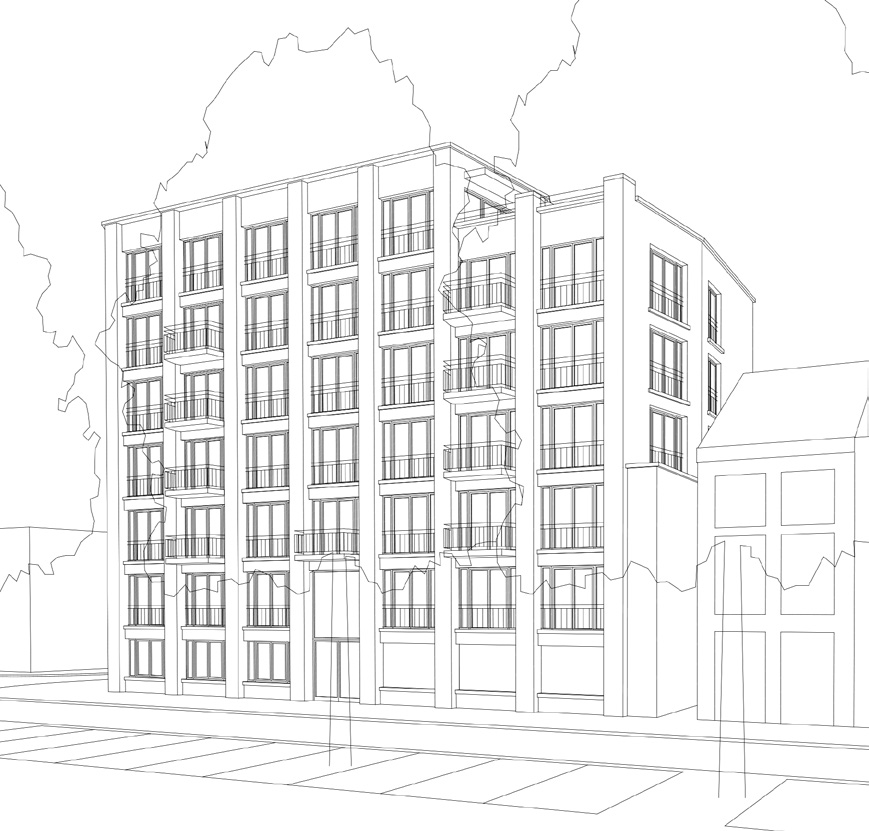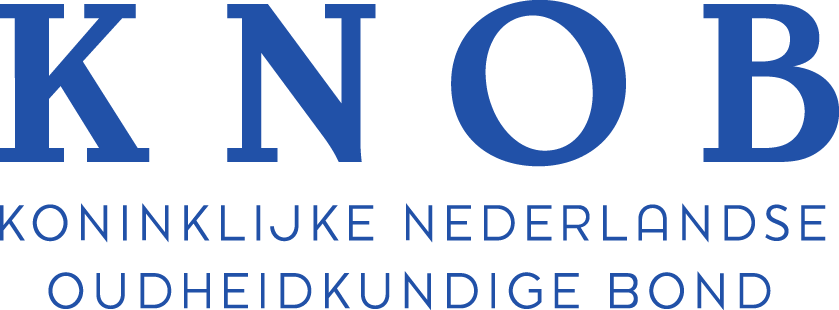Abstract
For years the bulk of housing in the Netherlands was produced through large-scale development of entire areas in public/private partnerships (PPPs) between local governments, housing corporations and major market players. This way of working largely ceased after 2008. PPPs were dismantled, building and development firms had to drastically revise their business models, and housing corporations became subject to strict controls.
In the wake of the building crisis, a new practice gradually emerged. Projects became smaller, to reduce risk, and initiators became more diverse. Not only major market players but also small investors, local building firms and individuals (or groups of them) sought to invest in cities by developing and building small-scale housing projects. Local authorities looked favourably on this broadening of initiative, for it enabled at least some housing production.
Now that the building and property market has moved from depression into a manic phase, the fledgling practice based on diverse, small-scale projects seems to be getting smothered by the rhetoric of large-scale production. The motto is ‘back to normal’. Yet the city would do well to continue encouraging small-scale development as well as major projects.
How to Cite
Published
Issue
Section
License
Copyright (c) 2019 OverHolland

This work is licensed under a Creative Commons Attribution 4.0 International License.




